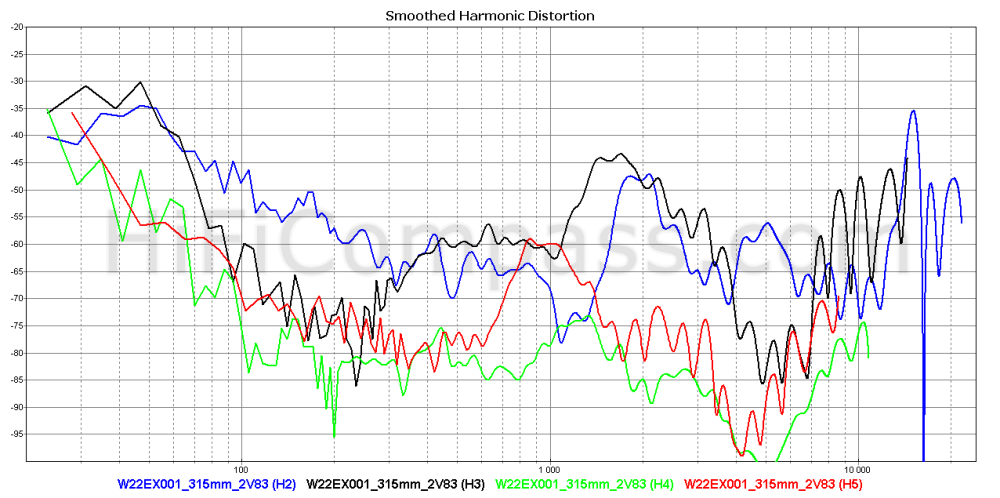eugenius
Member
- Joined
- May 20, 2018
- Messages
- 62
- Likes
- 23
There's no practical problem with the dispersion of an 7-8" midrange with a crossover point as low as 1500hz. And dispersion is important but sacrificing low mid dynamics for it is not a good tradeoff.
Just adding mass isn't enough, in fact the more mass you have the harder it is to damp the vibrations of that mass. Midrange enclosures don't need heroic mass damping, they need broadband attenuation and those steel balls inside the Hawaphon are quite good for that. Also, ideally you would absorb the back-wave by using a tapered midrange enclosure filled with progressively more dense material. You should read what Atohm has to say about their GT3 flagship speaker. That speaker's construction is a source of cheap ways to do good things.
http://www.atohm.com/fileadmin//user_upload/TECHNICAL_BOOK_GT_SERIES_2015.pdf
For nearfield and having that Bliesma tweeter, personally I'd stick to a closed box 2 way. I like the ATC SL midwoofer so I'd buy an used pair of SCM19 mk2 and try and improve on the ATC SCM19 first by activating it, then by replacing the tweeter and dropping the crossover point, then by trying to improve the enclosure damping, then trying to build a better enclosure - and see what each new step really gets me - both objectively and subjectively. Learning by experimentation is the goal.
PS: There's a tendency in DIY to just throw excess at the problem and hope it goes away. That's not engineering.
Just adding mass isn't enough, in fact the more mass you have the harder it is to damp the vibrations of that mass. Midrange enclosures don't need heroic mass damping, they need broadband attenuation and those steel balls inside the Hawaphon are quite good for that. Also, ideally you would absorb the back-wave by using a tapered midrange enclosure filled with progressively more dense material. You should read what Atohm has to say about their GT3 flagship speaker. That speaker's construction is a source of cheap ways to do good things.
http://www.atohm.com/fileadmin//user_upload/TECHNICAL_BOOK_GT_SERIES_2015.pdf
For nearfield and having that Bliesma tweeter, personally I'd stick to a closed box 2 way. I like the ATC SL midwoofer so I'd buy an used pair of SCM19 mk2 and try and improve on the ATC SCM19 first by activating it, then by replacing the tweeter and dropping the crossover point, then by trying to improve the enclosure damping, then trying to build a better enclosure - and see what each new step really gets me - both objectively and subjectively. Learning by experimentation is the goal.
PS: There's a tendency in DIY to just throw excess at the problem and hope it goes away. That's not engineering.
Last edited:

